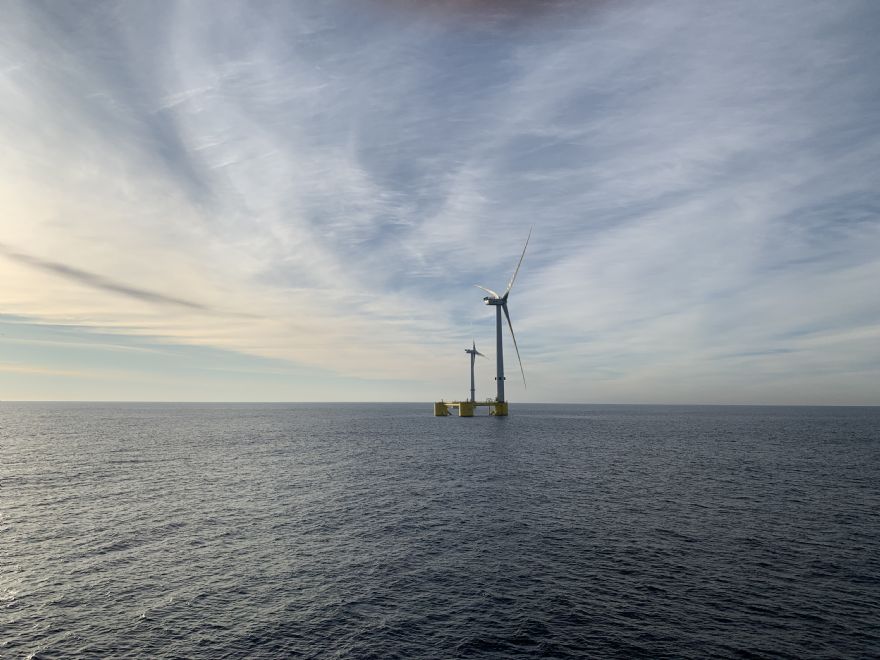
According to new research commissioned by
The Crown Estate, up to 5,300 new jobs and up to £1.4 billion could be generated for the UK economy by ‘galvanising the supply chain and infrastructure opportunities’ arising from the development of new floating wind farms off the coast of South Wales and the South West of England.
The independent study —
The Celtic Sea Blueprint — was conducted by
Lumen Energy & Environment and looked at the minimum requirements needed to deliver the first three projects outlined by The Crown Estate in December. It also ‘examined the gaps’, such as ports deep enough for handling the giant turbines, vessels to service the sites, and export cables to transport electricity to land.
The study said: “Addressing these gaps will be critical to establishing these first wind farms; and with a further pipeline of wind farms expected in the region, as well as rising global demand, the opportunities for ports, manufacturers, and the wider supply chain could be far greater. Action is required now — locally and nationally — to capture the opportunities associated with this fast-growing and innovative new technology.
“The first three floating wind farms, which will be able to generate up to 4.5GW of electricity — enough to power more than four million homes — will be some of the largest in the world; and, as the first in the UK outside of Scotland they mark a new phase for offshore wind in England and Wales. Indeed, the South West and Wales have the potential to be at the forefront of driving this development, with opportunities from port infrastructure to significant SME support across the supply chain.”
Large floating platformsIn particular, the research highlighted opportunities for the region from the assembly of the large floating platforms needed to house the turbines. It also showed how local ports could benefit from the assembly, transport, and storage of parts during the construction and life-cycle of the sites, adding that the region’s strong shipping expertise could also be of benefit during the development stages.
More generally, the first three windfarms alone will need: more than 260 turbines spread across the three sites, each some 300m tall and on a floating platform about the size of a football pitch; more than 1,000 anchors to secure the floating turbines to the seabed, and at least 300km of mooring lines; and nearly 900km of cables to link up turbines and connect them to the electricity network.
Dan McGrail,
RenewableUK’s chief executive and co-chairman of the Floating Offshore Wind Taskforce, said: “The Celtic Sea Blueprint shows that floating wind can deliver immense industrial growth in the South West, South Wales, and throughout the UK, with multi-billion pound opportunities to build up new supply chains and create thousands of jobs during the construction phase alone, especially in coastal communities.”
He concluded: “We need to ensure that we are making the massive kit required here, by upgrading ports so that we have the capacity to manufacture and assemble the enormous structures. If we don’t seize this opportunity to capitalise on our global lead in floating wind, other countries will do so, as the international race to develop world-class supply chains for this innovative technology is accelerating fast.”